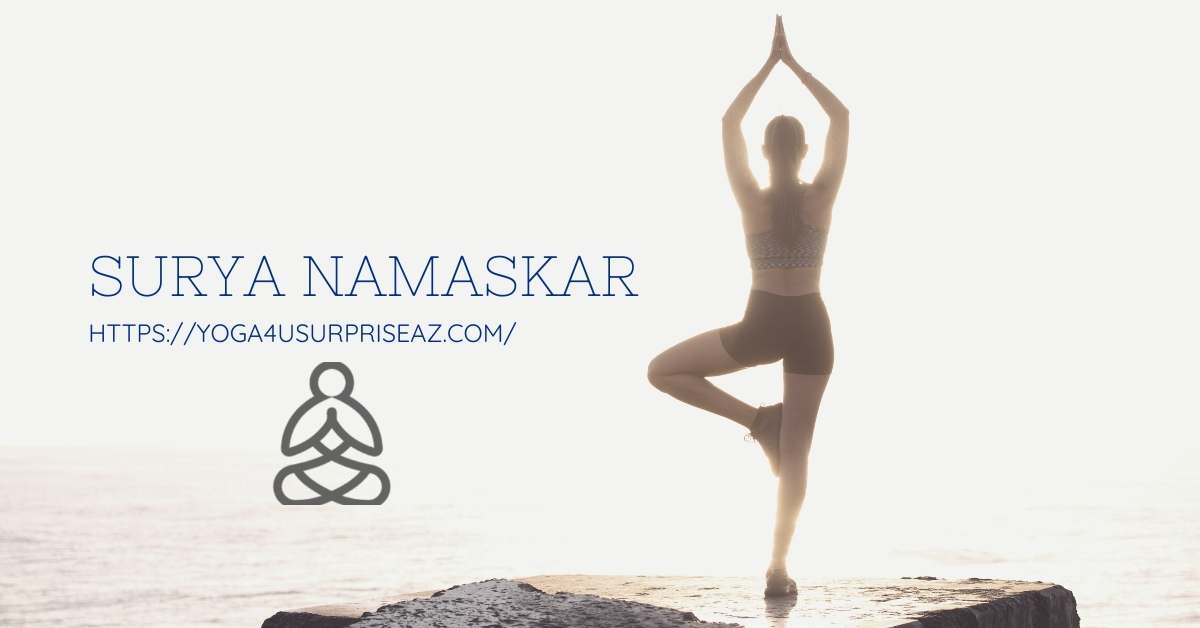As the ability to learn a language or love another human being, the ability to feel joy is something we’re all born with. And perhaps surprisingly, we can feel joy independent of whatever else we’re experiencing, even amidst intense physical or psychological pain and suffering, according to psychology research.
That said, many of us still believe that joy isn’t innate—that it only comes with possessing a specific item or achieving a particular outcome. So we keep searching for joy through objects, relationships, and experiences, which prevents us from realizing that this essential emotion is already within us, patiently waiting to be experienced.
Unfortunately, when you resist or deny feelings of joy, your life and relationships can lose their meaning and value. For instance, when you feel you’re not living life fully, or when you’re feeling bitter or jealous about that which others have and you don’t, these feelings can overshadow your ability to feel your innate joy. This happened to me in my early 20s, when I fell into a depression upon moving to a new city. I failed to find employment and felt isolated and alone. I lost touch with my intrinsic sense of joy as I floundered in feelings of confusion and grief, and slid into a downward spiral, losing all sense of purpose.
That’s when I discovered that meditation could unearth my innate, unchanging joy, no matter what my circumstances. In the midst of my depression, I found my way into a course on yoga. At the end of the first class, during meditation, joy unexpectedly flooded my body. I suddenly felt reconnected to myself and the universe and regained my sense of purpose and meaning. I walked home that evening feeling renewed, with a burning desire to understand what had just happened to me.
Since then, I’ve come to see, through both my personal practice of meditation and reading countless research studies on neuroscience, how meditation can help us experience joy at any time. You see, meditation deactivates your brain’s default network, which otherwise keeps you stuck in patterns of negative emotions and obsessive thoughts, and it activates your brain’s executive, attention, and defocusing networks, which help you open to joy and also new possibilities of insight.
Joy Is Good Medicine
Since ancient times, joy has been recognized as a powerful medicine. For instance, in ancient Greece, hospitals were built near amphitheaters so patients could easily attend comedies prescribed to promote healing. One of the most well-known cases of joy as good medicine occurred when the writer and peace activist Norman Cousins, in 1964, was diagnosed with a life-threatening illness. While researching his disease, Cousins learned that negative emotions are detrimental to health and healing.
He then correctly hypothesized that positive emotions could improve his health, and he began reading humorous stories and watching funny movies, essentially laughing his way back to wellness. In 1989, validating Cousins’ case, the Journal of the American Medical Association published a pioneering article on laughter therapy as a treatment for improving the quality of life of chronically ill patients.
Research shows that regularly experiencing joy—whether in the form of laughter or of activities that promote happiness and well-being—can produce healthy changes throughout your body. Joy can strengthen your immune system; boost your energy; diminish your perception of pain, anxiety, and depression; protect you from the damaging effects of stress; increase your ability to sleep restfully through the night; and more. And the best thing is that you can access feelings of joy at any time through meditation.
Practice: Welcome Joy’s Opposite
Every sensation, emotion, and cognition, whether positive or negative, is half of a whole. This is true for joy, too. When you welcome joy into your life, its opposite may come forward in the form of a negative feeling. For example, when you try to experience joy in the face of an illness, accident, or dissolution of a relationship, you can end up with unresolved feelings like sadness, grief, and shame. Instead of falling into despair, use an exercise called Welcoming the Opposite of Joy, which allows you to invite these feelings in as messengers that help you experience healing and resolution. Try this practice next time you’re experiencing a negative sensation, emotional thought, or life event, or even during thought or experience that is overall positive but doesn’t necessarily evoke joy—like finding a good parking spot. You’ll be surprised by how this simple exercise can have such a life-changing effect.
With your eyes open or closed, welcome the environment and sounds around you: the touch of air on your skin, sensations where your body touches the surface that’s supporting it, your body breathing, and sensations present throughout your body.
Now, locate a feeling of joy in your body. This could be a feeling of connection, well-being, peace, happiness, or any sensation that feels like joy to you. If it’s helpful, bring to mind a memory of a person, animal, place, or object that evokes joy. Notice where and how you experience that joy in your body—perhaps it’s a warm feeling in your heart or a glow in your belly. Welcome and allow the feeling of joy to grow and spread throughout your body.
Now, pair your joy with an opposite, stressful sensation, emotion, or cognition, or with a particular stressor in your life. Feel how this stressful thought, emotion, or situation affects your body and mind.
Now, alternate between experiencing the feeling of joy and the stressor. Go back and forth, first feeling joy in your body, then the stressor. Then, feel both at the same time, letting joy spread throughout your body even as you feel the stressor. When it feels right, relinquish the stressor and just feel joy radiating throughout your body. Rest here for as long as you feel comfortable.
When you’re ready, let your eyes open and close several times as you encourage the feeling of joy to accompany you into your daily life.
Practice: Welcome Gratitude & Joy
Another practice for welcoming joy is to spend time experiencing gratitude moments—welcoming feelings of gratitude and joy into body and mind. You do this by taking time to recall that which you’re thankful for. Research shows that people who regularly practice gratitude moments are more joyful and experience less depression than those who don’t. The following is good to do at night, before falling asleep.
With your eyes open or closed, welcome the environment and sounds around you: the touch of air on your skin, sensations where your body touches the surface that’s supporting it, your body breathing, and sensations present throughout your body.
Welcome into your body feelings of gratitude and joy: perhaps for a friend or animal in your life; for where you live; for something someone has done for you; for having food, shelter, and clothing; or for simply being alive. Allow feelings of gratitude and joy to spread throughout your body. Feel an inner smile or your heart growing warm. Allow feelings of gratitude to expand and radiate throughout your body, and into the space all around you.
Notice opposite feelings that may arise, such as disappointment, grief, and unhappiness. As opposites arise, welcome them. Then, in turn, welcome feelings of gratitude and joy. Allow gratitude to saturate every part of your body that feels, or has felt, unhappy.
When it feels right, let go of all opposites, allowing yourself to feel only gratitude and joy, for no reason at all.
When you’re ready, open and close your eyes several times while affirming your intention to feel gratitude and joy throughout your day. Then, go about your activities knowing that gratitude and joy are always with you, wherever you are, whatever you’re doing, whomever you’re with, helping you feel connected to yourself and the world around you.
Practice resting in feelings of gratitude and joy during meditation, whenever you’re falling asleep and waking up, and as you go about your day. Taking in small, regular daily doses of gratitude and joy goes a long way toward enhancing your overall health and well-being.
Moving Forward
Yogic meditation invites you to treat every life event you encounter as an opportunity to remember, experience, and strengthen your realization of joy as innate and ever-present, no matter what your circumstances. Accessing joy will help you explore your interconnected wholeness with all of life, which in turn enhances your ability to experience unchanging well-being, gain insight, and take the actions you need to experience harmony within yourself, across your lifetime.
RICHARD MILLER’S 10 STEPS FOR BUILDING A LASTING MEDITATION PRACTICE
1. Set an intention
2. Align with the universal life force
3. Tap into a sense of unchanging well-being
4. Listen to your body
5. Listen to your breath
6. Welcome feelings and emotions
7. Welcome thoughts and beliefs
8. Find joy
9. Adopt meditation as a way of life
Seeking more emotional support and practices that help guide you toward balance and peace? Start Richard’s four-week program today!
Conclusion:
Richard Miller, Ph.D., is the founding president of the Integrative Restoration Institute (irest.us) and co-founder of the International Association of Yoga Therapists. This is his fifth in a series of 10 columns designed to help you create a lasting and impactful meditation practice.




